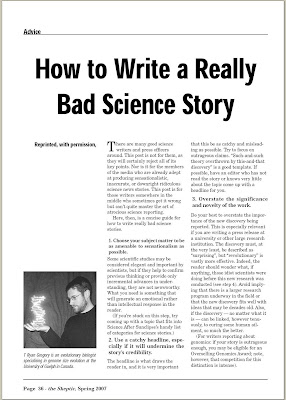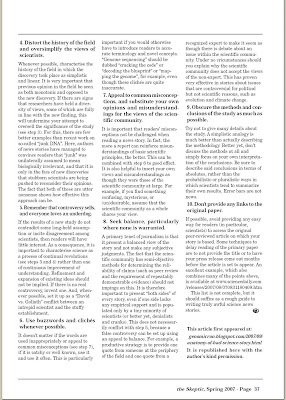I know I said I was going to ignore LiveScience after a string of ridiculous articles. I really have tried to. But today someone brought to my attention a truly silly story and asked if perhaps it was blog-worthy. Indeed it is, even though it required me to visit the site that I had vowed to avoid.
The story is about frogs and snakes. In particular, Dahl’s aquatic frog and the northern death adder in Australia. The frogs are toxic or may be covered by a sticky glue-like substance, but the snakes manage to consume them nonetheless by killing the frog and then waiting for the objectionable substances to degrade before eating the prey. The frog usually travels some distance before succumbing to the snake’s venom, at which time the predator tracks it down and devours it. Assessing the state of non-lethal doses of toxin in their mouths after the initial bite of the frogs allows the snakes to discriminate between species of toxic prey, such that they wait, say, 30 minutes post mortem before eating one species of frogs, but 40 minutes for a different species whose toxins persist slightly longer before breaking down.
This is all well and good, and is an interesting interaction about which I was not aware. But, in typical fashion, LiveScience manages to butcher some basic evolutionary ideas. Here is where the whole thing goes off the rails:
Evolutionary theory predicts that the adder’s tactic is foolproof: Natural selection stops operating after an individual’s death, so the frogs will probably never evolve longer-lasting toxins in response to the clever snakes.
So, just to review. The snake bites the frog, which is toxic, and gets some of the toxin in its mouth. This toxin ingested by the snake is at a concentration too low to be fatal, but the toxin itself is poisonous enough to kill a snake at higher concentrations unless it waits for the compound to degrade after the frog wonders off and dies sometime later.
Can anyone see how mutations of small effect in some frogs might make the “clever” snakes’ “trick”, not very “fool-proof”?
_______



